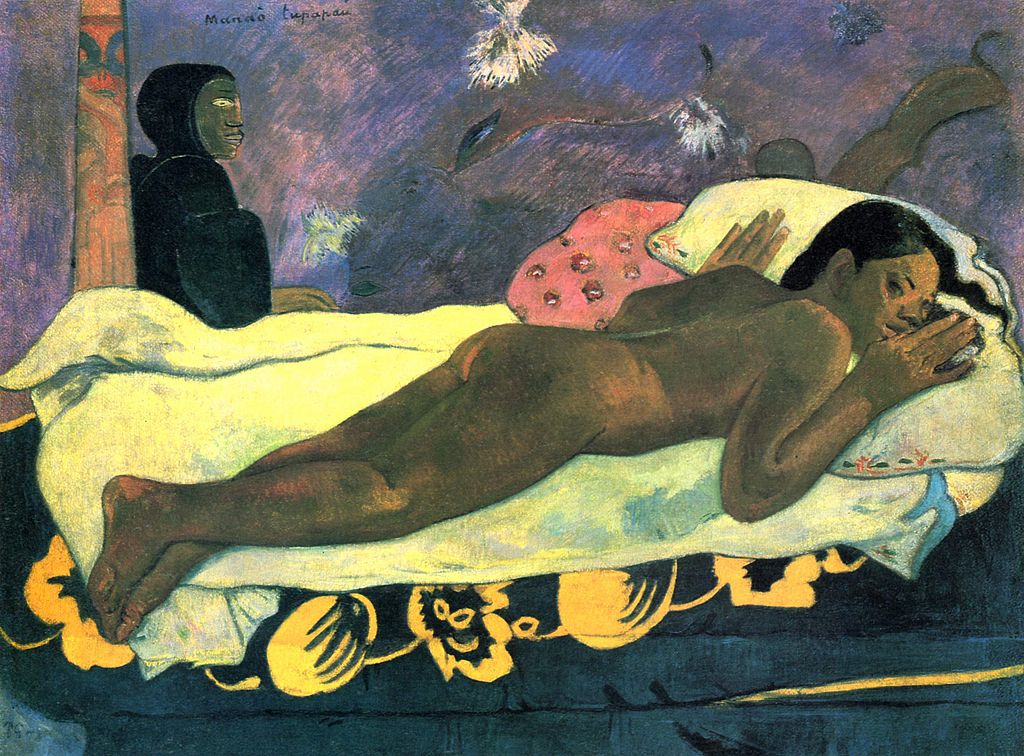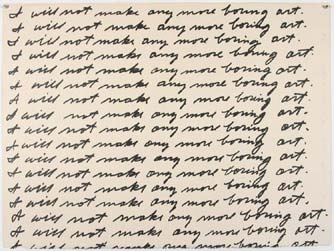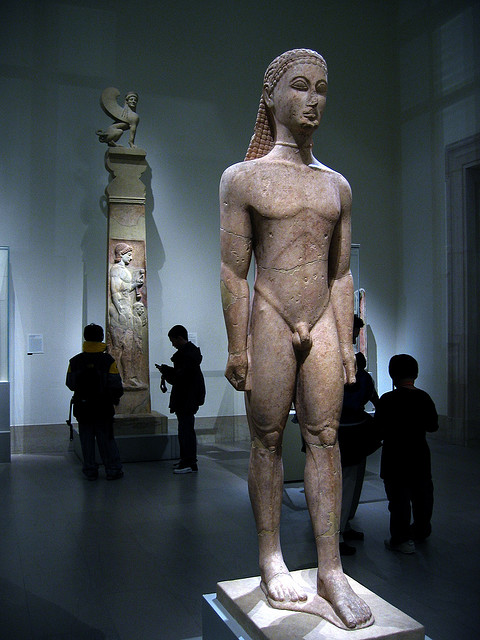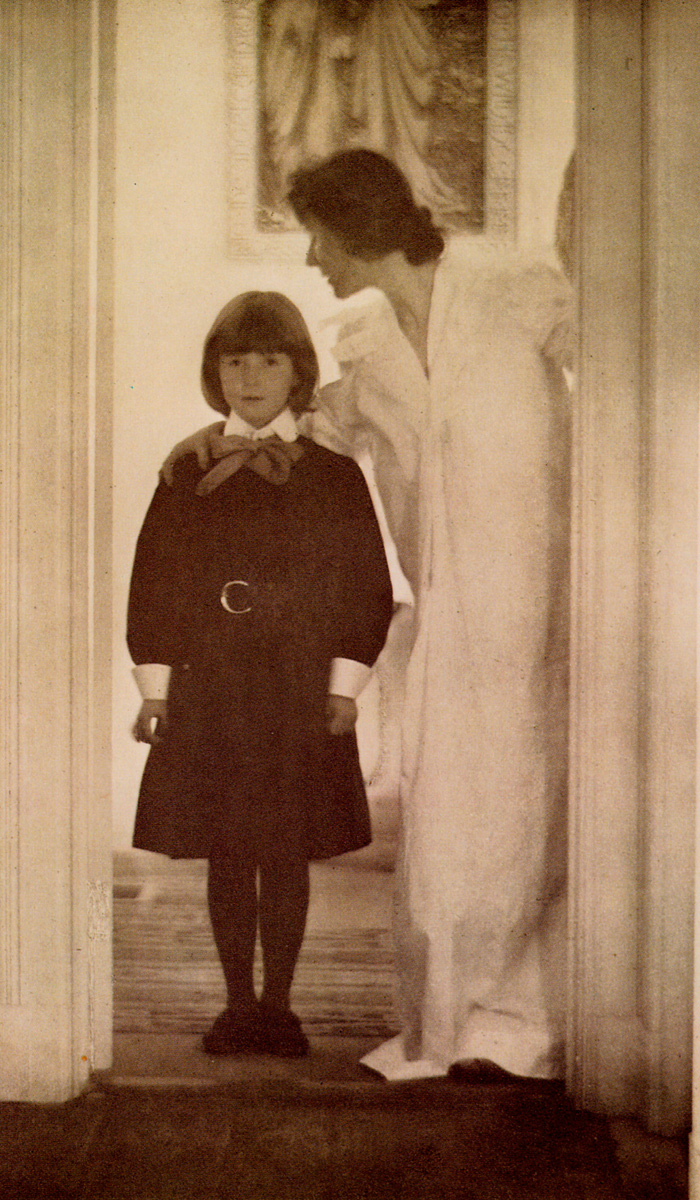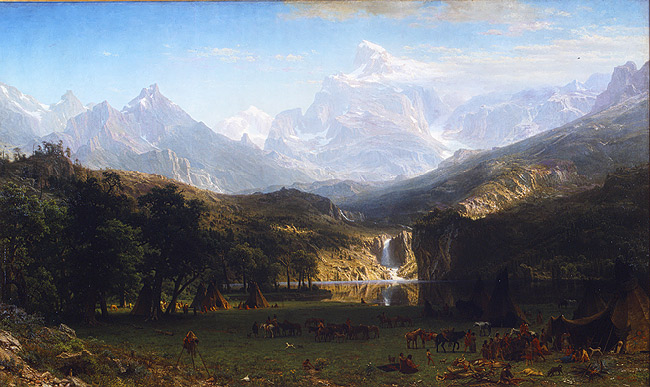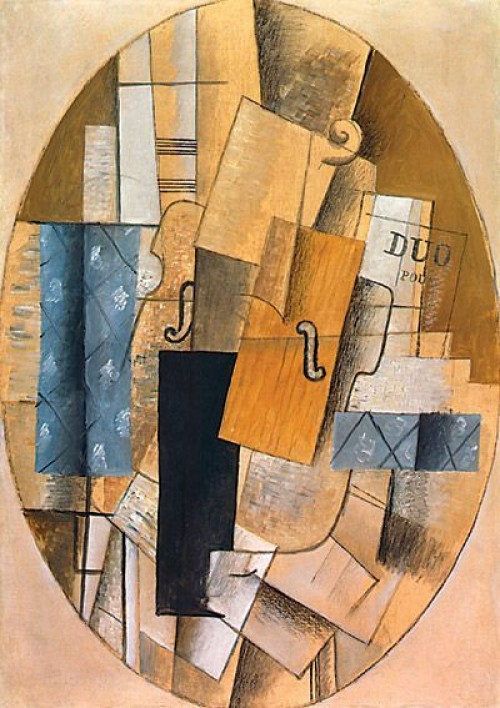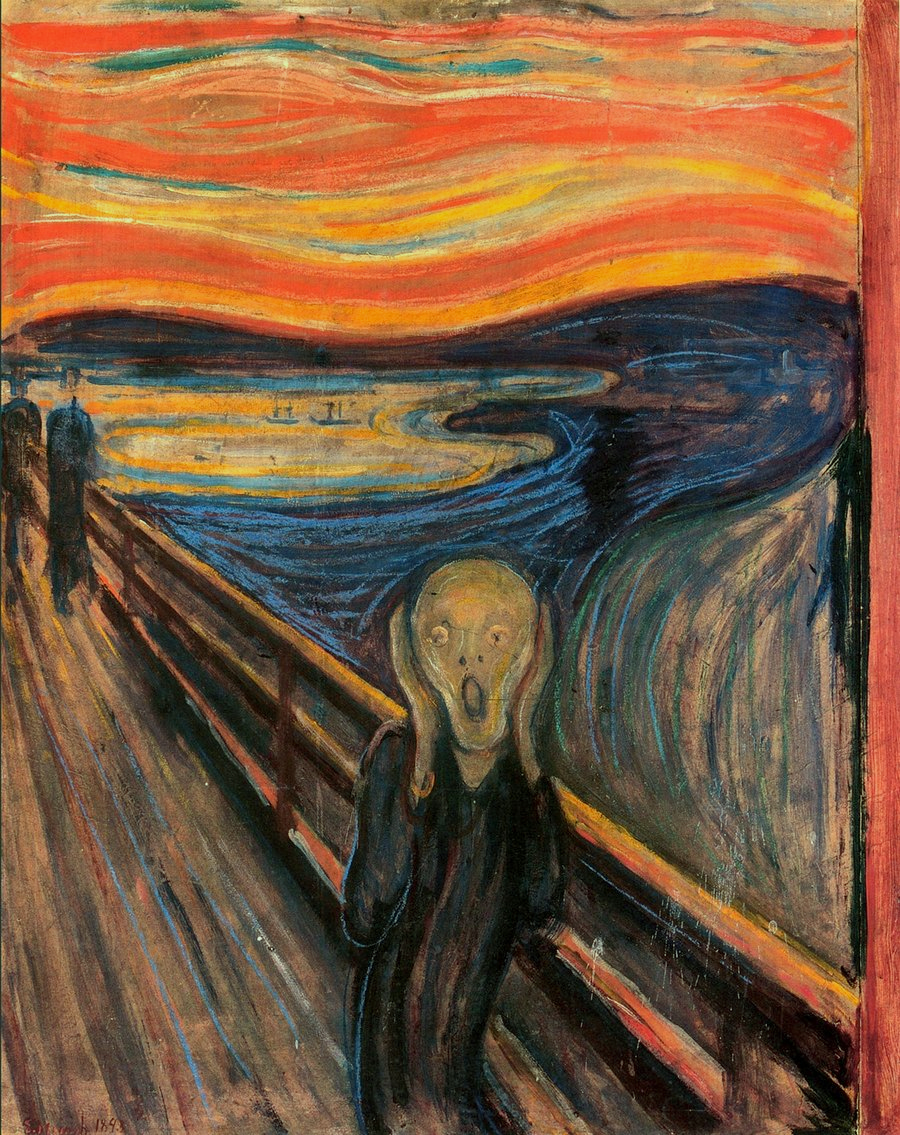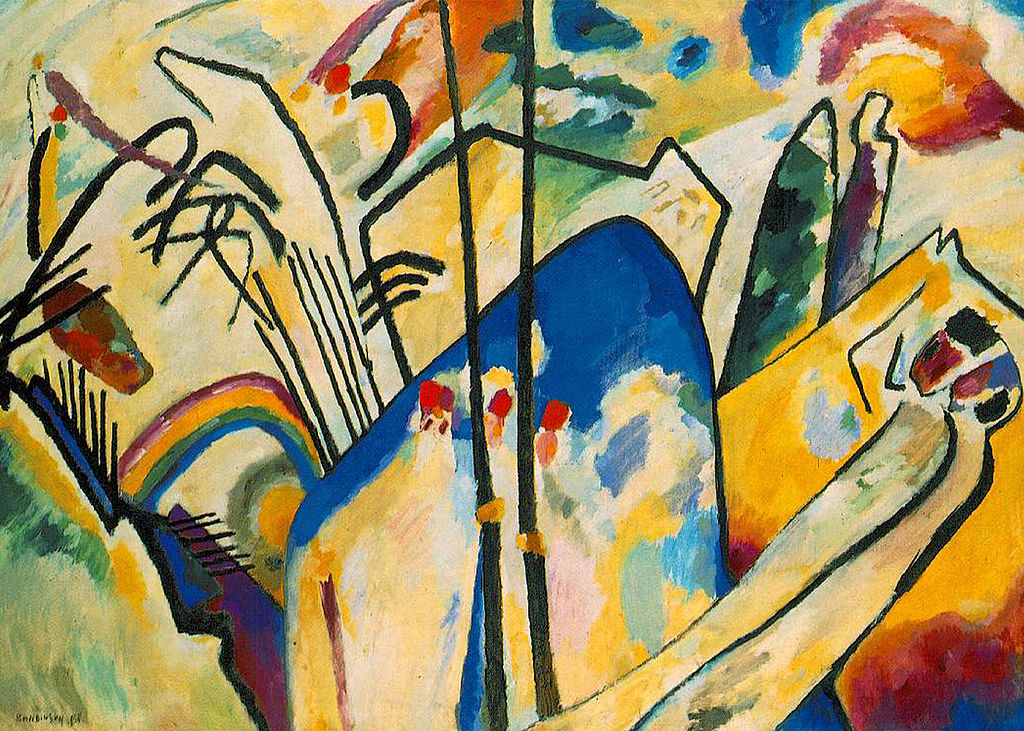In an eighty-six foot ship, an Anglo-Saxon tribe from the seventh century buried their king with a plethora of treasures that he could use as he navigated the afterworld. During this period, as the Byzantine Empire was thriving in the … Continue reading
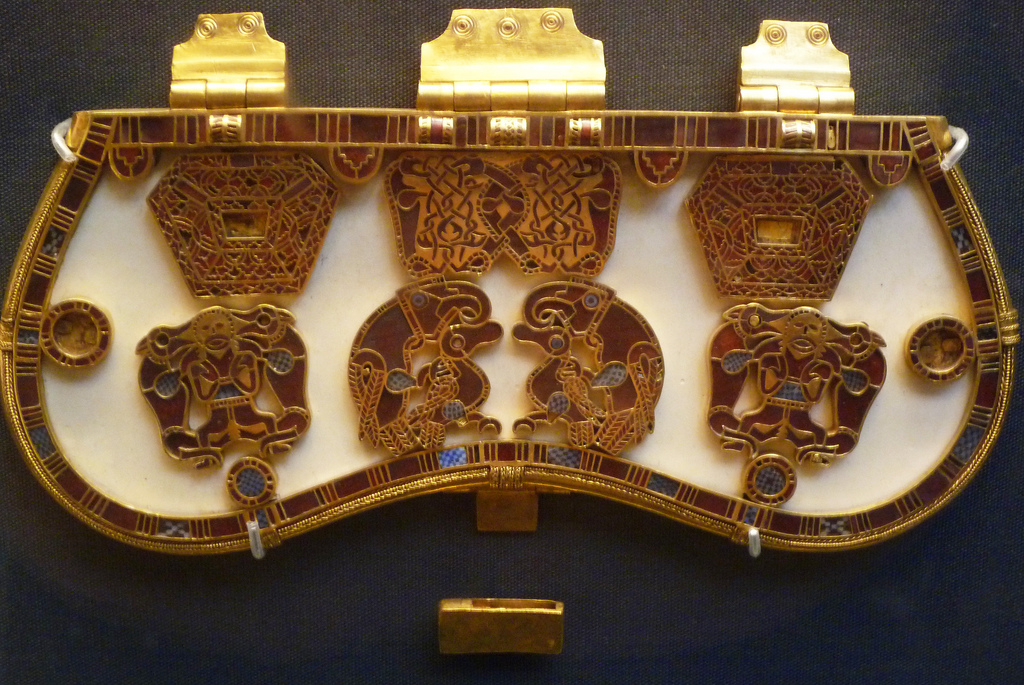 Purse Lid from the Sutton Hoo Burial Ship, c. 700, gold, enamel, garnets, The British Museum, London, Photo by profzucker, Flickr, Creative Commons Attribution License.
Purse Lid from the Sutton Hoo Burial Ship, c. 700, gold, enamel, garnets, The British Museum, London, Photo by profzucker, Flickr, Creative Commons Attribution License.


